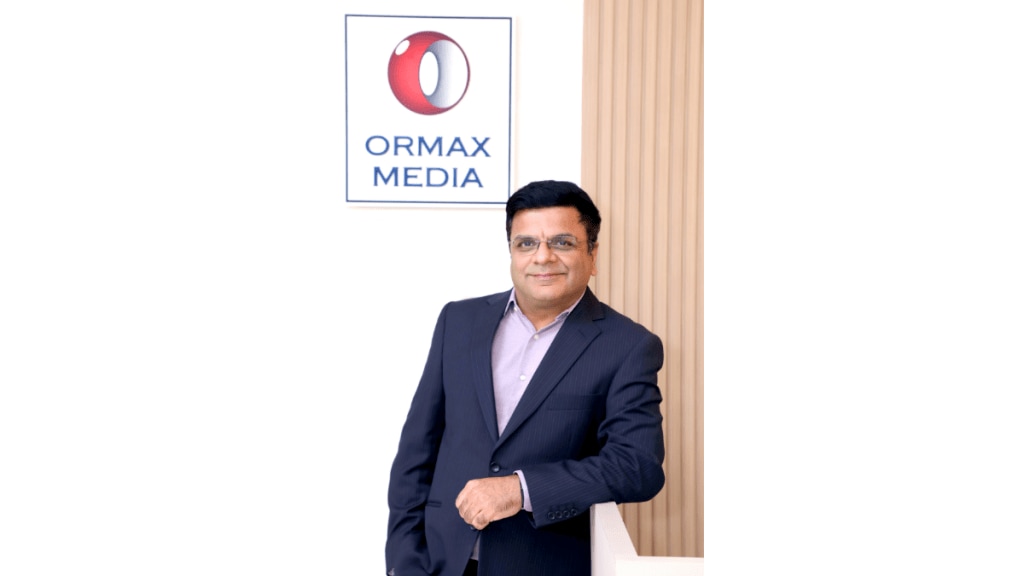Since its inception in 2008, Ormax Media has evolved from a media research company into a leader in audience insights and image consulting, helping shape decisions in India’s dynamic entertainment landscape. In this interview, Shailesh Kapoor, founder and CEO, speaks with Pallabi Dey Purkayastha about the role of data in shaping the future of entertainment across cinema, OTT, and social media platforms. Edited excerpts:
What key learnings and trends have emerged from Ormax Media’s 1,000 content testing projects? To what extent can content testing actually influence the success or failure of films, TV shows, and OTT series?
The more cluttered and competitive a market is, the more is the struggle for a piece of content to stand out in the crowd. More than 80% shows or films launch and wither away without leaving any sort of mark whatsoever. Content testing, whether it is at an early stage like synopsis or screenplay, or a later stage post the shooting,can provide useful insights on business decisions related to greenlighting a script, casting, screenplay rewriting, edit changes, re-shoots, etc. At the same time, the test research provides useful data on how to position and market the property to the potential target audience, to maximise the returns on marketing investment.
With the cinema industry showing signs of recovery, how do you see the balance between cinema and OTT advertising shaping the future of entertainment marketing?
Cinema is an out-of-home medium, and OTT is a medium for personal consumption, largely at home or while travel. To that extent, the two address fundamentally different needs, and can co-exist, and in fact, fuel each other. For example, Stree 2 became the biggest Hindi grosser of all time at the box office, and now, is tracking very well on OTT, where it is available on Prime Video. It’s a classic example of how good content can fuel interest in both the mediums, rather than one medium cutting into another. Of course, content creators and marketers have to take more informed decisions after factoring for change in audience behaviour. For example, a film that would have done very well in theatres before the pandemic may be more suited to OTT today, because of the change in audience behaviour in the last five years. We constantly look at sharing case studies and trends with our clients to help them make such decisions with more information on the table.
In-cinema advertising seems to be making a comeback. How does Ormax Media assess the impact of theatrical releases on advertising revenues?
The theatrical medium is a strong medium for advertising, as the audience is captive, with high attention and engagement. If theatres can provide quality audience profile data to advertisers, on aspects like gender, age and socio-economic profile of their audiences, it will boost advertising in the theatrical medium immensely. We have been in conversation with exhibitors on this front.
How do you see the role of data evolving in creating content that resonates with audiences, especially in a rapidly diversifying entertainment landscape?
Over the last 16 years, we have seen how data and analytics have found more acceptance in the Indian entertainment industry. Content testing, through our tools like Ormax Moviescope, Ormax Stream Test, and Ormax True Value, is the most direct way of making an impact on the content landscape in India. While we have tested more than 1,000 pieces of content by now, the market is still untapped in large measure. For example, less than 10% of films or shows in the South Indian languages are being tested as of now. We want to take this number to 25% in the next 2-3 years.
Given the rise of platforms like Instagram and their influence on audience engagement with cinema and TV, how does Ormax Media factor social media trends into its content consulting and research?
Our approach to research and analytics is to look at the end impact on the consumer. The same consumer who’s on social media is also being exposed to marketing in other media, such as TV, outdoor, YouTube, etc. It’s the collective impact of all marketing exposure that we focus on tracking, rather than looking at social media in isolation of other media, a mistake many social media-centric agencies tend to make.

